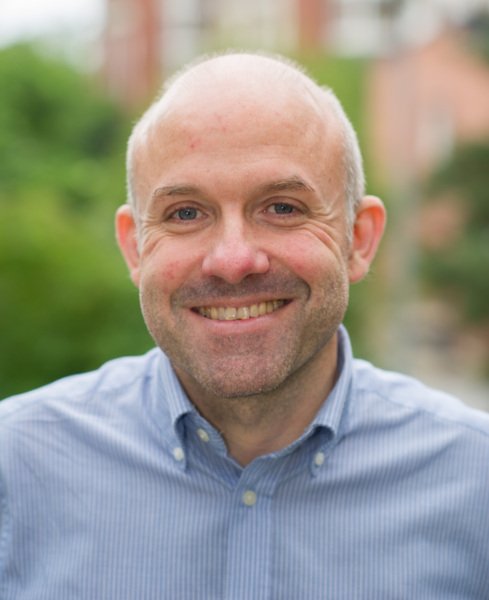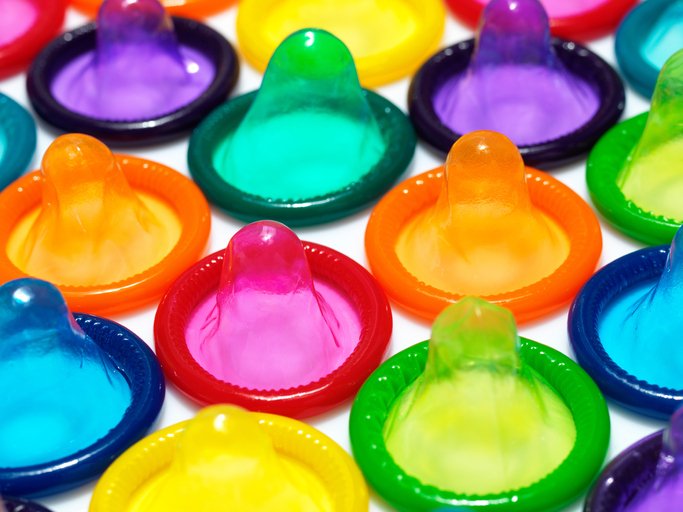Fertilisation at the molecular level
How are children made – at molecular level? That is a question Luca Jovine is trying to answer in his research. In the long term, knowledge about the mechanisms of fertilisation can lead both to new contraceptives and to new hope for the childless.

The egg and the sperm have long been studied in research, but what actually happens when they combine is still largely unknown. Luca Jovine’s research is intended to clarify this. His first major discovery came in 2009 when his research group mapped the full three-dimensional structure of ZP3 – the protein on the egg that the sperm binds to. Since then he has continued to investigate the molecular mechanisms of fertilisation, in both humans and animals.
”We are looking at many different species – mammals, birds, even invertebrates,” he says. ”There are often quite substantial similarities, but none have exactly the same system. This means that fertilisation is kept within the species, even in cases of external fertilisation.”
In the long term the knowledge from Luca Jovine’s basic research may be important in understanding and developing treatments for infertility – but also in developing new forms of non-hormonal contraceptives.
New contraceptives
“As far as we know, the proteins that mediate fertilisation have no other function in the body, which makes them excellent targets for medicines. This may lead to new contraceptives without any problematic side-effects.”
Professor Jovine uses crystallography to determine the structure of the proteins. Producing pure proteins and getting them to crystallise is a challenge.
“We are moving ahead with several different proteins now,” says Luca Jovine. “For example, we have determined the structure of ZP2, which also seems to play an important role in human fertilisation. Moreover, we are examining the known pairs of proteins from sperm and egg that bind to one another. As yet no one has mapped the structures of such a pair – and we really want to do so.”
Text: Anders Nilsson, first published in Swedish in the booklet "Från Cell till Samhälle 2014".
More reading

Timeline: Contraceptives
For thousands of years, humans tried to separate sexuality and reproduction, for a long time not knowing how a child was conceived. Silkworms and sheep guts have both played their parts in creating the contraceptives that are available to us today.
